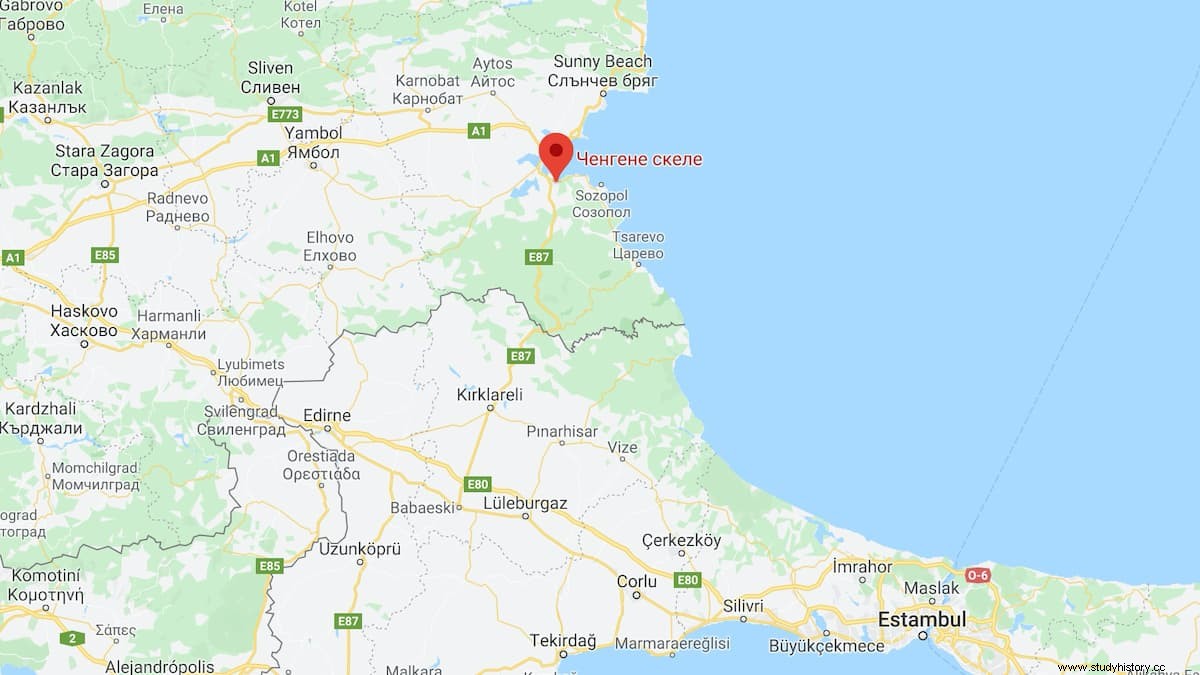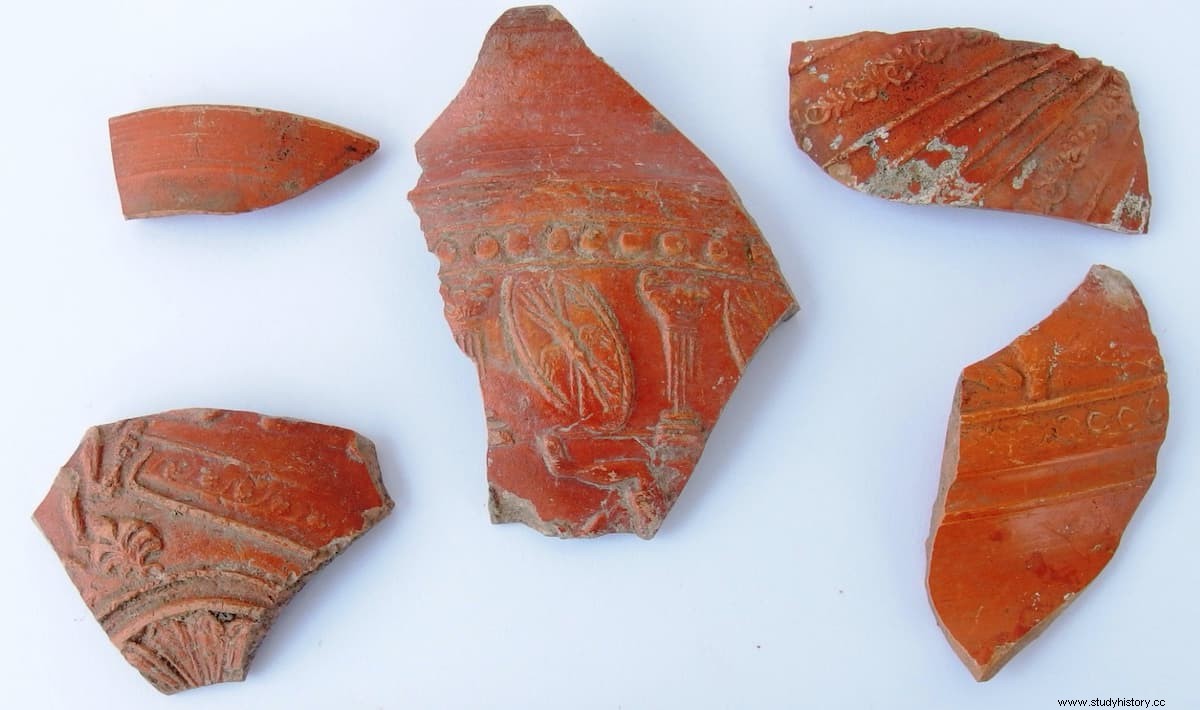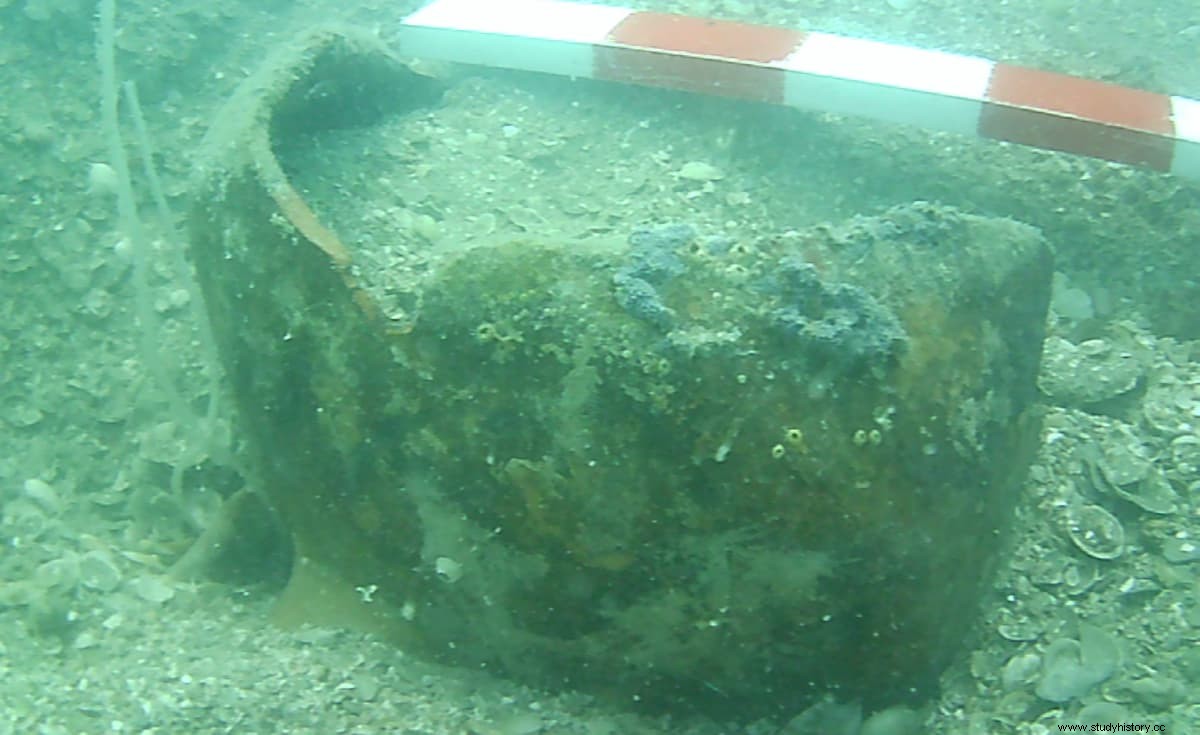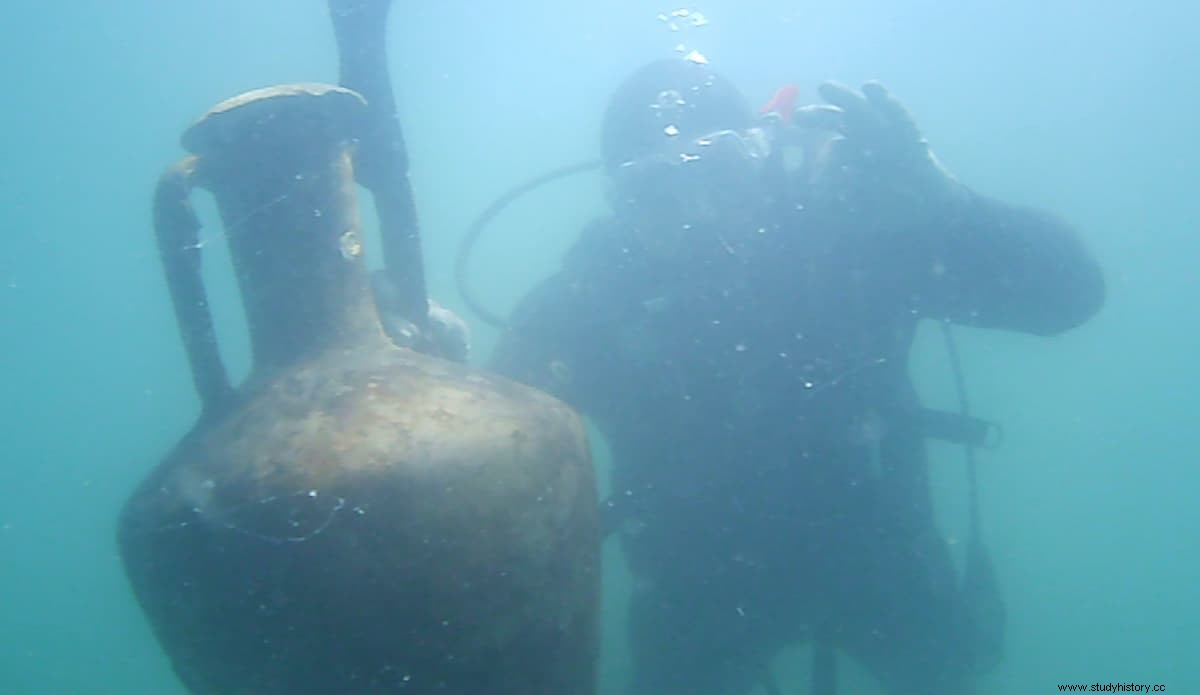The first stage of the excavations of a fortified Hellenistic site from the 2nd to 1st century BC, located at Cape Chiroza between the Kraimorie district and the fishing village of Chengene Skele in Burgas Bay, on the southern Black Sea coast of Bulgaria , was completed in July 2020, according to a statement from the municipality of Burgas (ancient Greek Pyrgos).

The excavations are being carried out by a joint team from the Bulgarian National History Museum and the Burgas Regional History Museum.
The fortification covered an area of 800 square meters and was protected by a stone wall and a large moat with a depth of 1.3 meters and a width of almost four meters.
An indicator of the dating of the site is the ceramic material found, some 260 fragments, 40% of which are Thracian pottery, handmade vessels, with plastic decoration and a polished surface.

The other fragments are of local and imported amphorae and vases, and red lacquer pottery with relief decoration. Among them, amphorae from the island of Kos and some fragments from the area of ancient Pergamon have been identified.
The discovery of the moat and the layout of the stone wall allow us to assume that another late-Hellenic fortified center was built at Cape Chiroza, dating from about the same time as those already known near the town of Primorsko (Farmakida), Sinemorets, Brodilovo and Izvor. It is possible, however, that the narrow wall and moat marked the temenos (enclosure) of a coastal sanctuary.
Between June 30 and July 7, underwater archeology work was carried out in the eastern and southeastern waters off Cape Chiroza. Structures and other finds were discovered and mapped in an area of 0.1 hectares. At the same time, geophysical studies and bathymetric studies of the seabed were carried out, thanks to the support of the Center for Underwater Archeology – Sozopol.

Several stone structures were found on a submarine terrace east of Cape Chiroza at a depth of four meters. The dive team managed to photograph many stone blocks of different sizes and shapes.
The discoveries include a large number of Greek-made pottery shards, Roman tegulas and imbrexes (overlapping tiles used in ancient Greek and Roman architecture as a durable, waterproof covering), as well as some intact tiles from Late Antiquity.

During the underwater inspections, the team managed to collect from the seafloor some 100 pottery shards, half a stone Greek anchor bar, and several relatively well-preserved amphorae.
